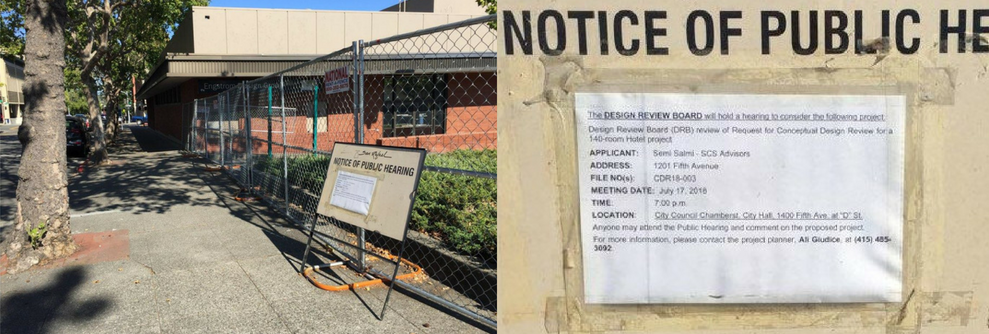
Right Now w/ Rebecca Woodbury (LinkedIn / Twitter)
What I’m Listening to – Elliott Smith
What I’m Watching – Riverdale, Season 2
What I’m Reading – Regulatory Hacking
What I’m Doing – heading up to Healdsburg, CA for the weekend
Government programs and services are also often designed in ways that only people with means and resources can figure out. For example, people may…
- lack the language or reading comprehension skills to easily understand the rules and guidelines;
- start filling out the paperwork only to get part way through and give up out of frustration, intimidation, or lack of resources;
- not have the ability to take time off work or away from care-taking responsibilities to stand in line or attend a public meeting.
By design, this means “no” for a lot of people.

When designing our programs and services, I challenge all of us to define outcomes and how we measure success based on the “yes.” For every community, the “yes” can look a little different; they have their own goals, priorities and challenges.
To reach these desired outcomes, we can’t just measure simply what is easy to measure; we need to challenge ourselves to measure what matters.
Is what we’re doing helping the community achieve the change it wants to see?
Are the bike lanes and paths we are building converting single-occupancy commuters into cyclists? Is our childcare program helping low-income families in our community? Is the community supportive of the development that is occurring? Are the infrastructure projects making traffic better and people safer? Are entrepreneurs able to start new businesses easily?
Focusing on outcomes can often mean changing the expectations around how we do our jobs. For example, let’s look at how San Rafael engages the community around development projects. Here’s a photo of a public hearing notice sign for a 140-room hotel proposed in Downtown San Rafael.

Yep – that’s a real thing right now. If a desired outcome is broad and representative input from the community about this project, an expectation would be that this notice would be informative, compelling, noticeable, and less dirty. There would also be lots of ways for people to provide feedback, both online and in-person. Let’s face it, this notice basically says “no, we don’t really want you to come to this meeting.”
One of our guiding principles at the City of San Rafael is “Find Something to Say Yes to.” In a world where government says a lot of no, we want to say yes. For me, this means designing our programs and projects for outcomes, not bureaucracy, and defining outcomes based on things that matter to the community.
Measuring towards outcomes is the first step to getting to “yes.” The next is asking what we need to do differently if we aren’t getting the results we want. For us right now, it means designing a better public hearing notice sign.
